The Forgotten Middle Class: Why India’s Silent Majority Feels Economically Invisible
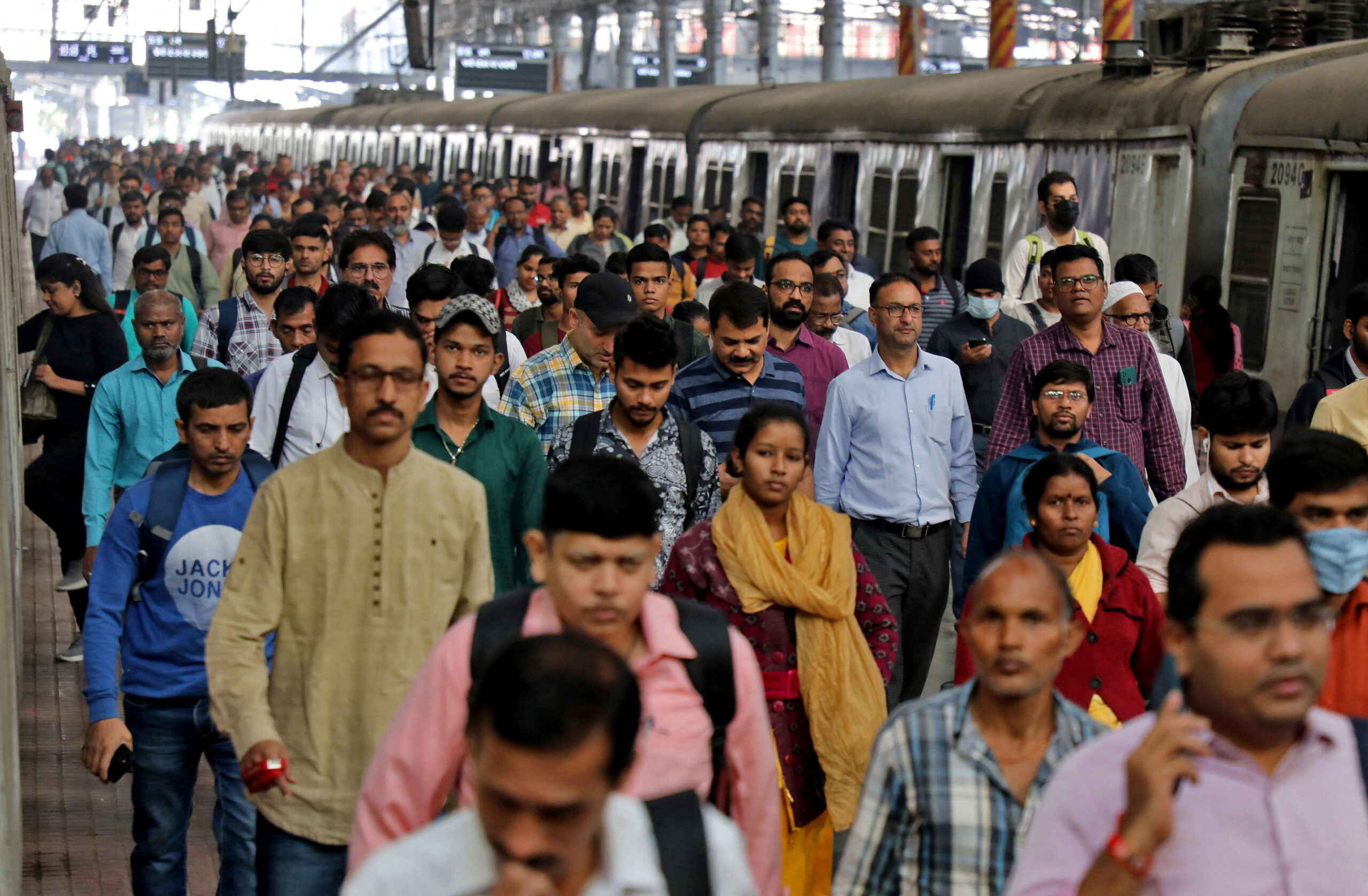
In the noisy theater of Indian politics, where the poor are romanticized and the rich are idolized, one group sits silently in the middle rows — neither pitied nor privileged. This is the Indian middle class, the so-called backbone of the economy, the taxpayer, the dreamer, the consumer — and increasingly, the forgotten.
Over the last decade, India’s economic narrative has celebrated billion-dollar startups, record stock markets, and welfare schemes for the poor. But beneath this glittering growth lies a class that feels it’s paying more, earning less, and mattering least.
The middle class, estimated to number between 300–400 million Indians, forms the country’s largest and most aspirational demographic. Yet, its voice rarely shapes policy. Between rising prices, stagnant salaries, shrinking savings, and increasing tax burdens, this class finds itself trapped — too rich for subsidies, too poor for comfort, and too ignored for attention.
This feature explores why India’s middle class feels economically invisible, and what its quiet frustration means for the country’s social and political future.
The Mirage of Mobility
For decades, the Indian middle class symbolized progress — people who climbed from scarcity to stability through education, employment, and thrift. Post-liberalization, it became the nation’s consumer engine, driving everything from car sales to real estate to smartphone demand.
But that mobility has slowed. Inflation and job stagnation have turned the ladder of progress into a treadmill. You keep running, but you stay in the same place.
Officially, India’s GDP grows between 6–7 percent annually. But household income growth for salaried families has lagged far behind. A 2024 CMIE report noted that real wage growth in urban India has averaged below 2 percent over the past five years — barely keeping pace with inflation. Meanwhile, the cost of essentials — education, healthcare, housing, fuel, and groceries — has risen sharply.
Take education. Private school fees have more than doubled in a decade. A postgraduate course in a reputed private university can cost upwards of ₹10–15 lakh — amounts that can consume years of savings. Healthcare costs tell a similar story: an average private hospital bill for a serious illness can exceed ₹2–3 lakh, wiping out middle-class insurance coverage.
In short, the middle class still dreams of upward mobility, but the price of that dream has become unaffordable.
The Squeeze of the ‘Earning Class’
The middle class is unique in one respect — it finances both the state and itself.
A 2023 report by the Income Tax Department revealed that less than 5% of India’s population pays income tax, yet this small segment contributes over 80% of the nation’s direct tax revenue. This is overwhelmingly the middle class — the salaried employees, professionals, and small business owners who cannot evade taxes and cannot demand subsidies.
But what do they get in return?
Public services remain substandard. Most middle-class families send their children to private schools, pay for private healthcare, and install their own water filters and power backups. They pay taxes for services they never use — a phenomenon economists call ‘private provisioning of public goods.’
Meanwhile, the state’s political incentives lean elsewhere. Welfare schemes are electorally rewarding because they are visible — they deliver immediate, quantifiable benefits to targeted groups. The middle class, dispersed and quiet, doesn’t protest or organize; it simply adjusts.
As one Delhi-based teacher told me, “We are the paying class, not the demanding class. Maybe that’s why no one listens.”
Inflation Without Representation
Inflation hits everyone, but it hits the middle class differently.
For the poor, government subsidies cushion the blow — free food grains, health insurance, and direct transfers. The rich can absorb higher prices with ease. But for the middle class, rising fuel, electricity, and grocery costs directly shrink disposable income.
Fuel is a good example. Even after crude oil prices fell globally, domestic petrol and diesel prices stayed high due to taxes — an invisible levy on the middle class’s mobility. Electricity bills, LPG cylinders, and broadband charges — all essential to urban life — have outpaced wage growth.
According to RBI data, household savings as a percentage of GDP fell to 5.2% in 2023–24, the lowest in three decades. This decline isn’t because people are spending on luxury; it’s because they are spending on survival — on EMI repayments, school fees, and medical bills.
The middle class is not going broke; it’s going brittle — one health emergency or job loss away from financial distress.
The Vanishing Security of the Job
Once upon a time, a secure job in government or a public sector undertaking defined middle-class stability. Today, those jobs are scarce. The private sector, meanwhile, offers higher pay but fewer protections.
Contractual employment, gig work, and performance-linked pay have replaced long-term job security. Even white-collar employees now live in a culture of “permanent probation” — constantly upgrading, reskilling, and fearing redundancy.
For young professionals, the gig economy promises flexibility but delivers uncertainty. A 2024 NITI Aayog report estimates that over 23 million Indians now work in gig and platform-based jobs, often without health insurance, pension, or social security.
The traditional middle-class promise — stable employment, predictable income, and a house of one’s own — has fractured.
The Politics of Neglect
If the middle class contributes the most to the tax system, why does it remain politically invisible?
The answer lies in electoral arithmetic. India’s politics has long been organized around the politics of poverty — subsidies, quotas, and populist giveaways. The middle class doesn’t fit into this narrative. It’s not a vote bank; it’s a vote scatter — fragmented across urban constituencies, languages, and occupations.
Political parties know that middle-class grievances rarely translate into street protests. Instead, discontent expresses itself silently — through social media sarcasm or low voter turnout.
Ironically, when middle-class concerns are addressed, it’s often symbolically — through slogans like “Ease of Living” or “Digital India.” But broadband speed and app-based governance don’t substitute for affordable housing, better public transport, or lower taxes.
As an analyst put it, “India’s politics is designed to reward those who shout the loudest. The middle class whispers — and democracy doesn’t hear whispers.”
The Illusion of Prosperity
The middle class is often portrayed as a beneficiary of India’s growth story — tech-savvy, globally connected, upwardly mobile. But data paints a sobering picture.
A recent Pew Research Center report found that the size of India’s true middle-income group shrank from 99 million in 2011 to 66 million in 2021, while poverty rebounded during the pandemic. The upper class grew, but so did economic insecurity.
The visible signs of consumption — malls, smartphones, online shopping — hide the deeper stress of debt. Credit card defaults and personal loans are rising sharply. The average household debt-to-income ratio among urban families is now above 70%, according to RBI data.
This “consumption-led growth” masks a hollowing out — the middle class looks prosperous but feels precarious.
The Emotional Cost of Economic Invisibility
Beyond economics, there’s a psychological toll. The middle class was once defined by hope — the belief that effort could secure a better life for the next generation. That optimism is fading.
Parents worry whether their children, despite expensive degrees, will find stable jobs. Retirees fear outliving their savings. Young professionals see home ownership as a fantasy.
This quiet despair rarely surfaces in public discourse, but it shows up in small ways — reduced charitable giving, delayed marriages, postponed parenthood, and a general fatigue toward politics.
Sociologists describe it as “silent alienation” — a condition where people feel essential but unacknowledged, productive but powerless.
Reclaiming the Middle
If India’s growth is to be inclusive, its middle class cannot remain an afterthought. Several policy measures could help re-empower this silent majority:
Tax Rationalization: Simplifying tax brackets, reducing GST on essential services, and raising the income tax exemption threshold could offer real relief.
Affordable Urban Living: Incentivizing affordable housing, rent control mechanisms, and better public transport can lower living costs.
Social Security for the Salaried and Self-Employed: Expanding pension and health coverage to gig workers and informal professionals would protect new-age earners.
Education and Healthcare Regulation: Enforcing fee caps and transparency in private schools and hospitals would prevent financial exploitation.
Middle-Class Representation: Creating policy consultative forums that include middle-income citizens — professionals, teachers, entrepreneurs — can restore a sense of participation in governance.
Such measures won’t just placate a frustrated demographic; they will strengthen the backbone of India’s economic engine.
The Whisper That Deserves to Be Heard
The Indian middle class doesn’t demand much — just fairness, predictability, and respect. It doesn’t ask for free rations or waivers, only that its hard work translates into stability and dignity.
Yet, its contributions remain under-recognized, its struggles under-reported. In the grand narrative of poverty alleviation and wealth creation, the middle class stands unseen — the invisible bridge between the rich and the poor, holding up both ends but receiving neither sympathy nor support.
If India’s democracy prides itself on representation, then the middle class deserves to be represented not just in tax charts and consumer surveys, but in policy imagination.
Because when the middle begins to crumble, nations lose their balance. And when the silent majority stays silent too long, the echo that follows is never pleasant.

 1 month, 1 week ago
1 month, 1 week ago
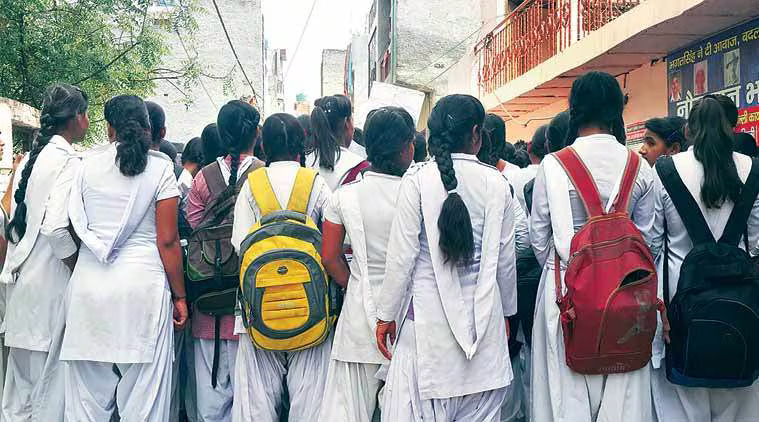
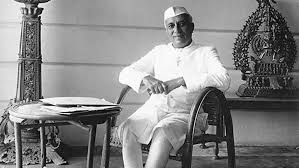
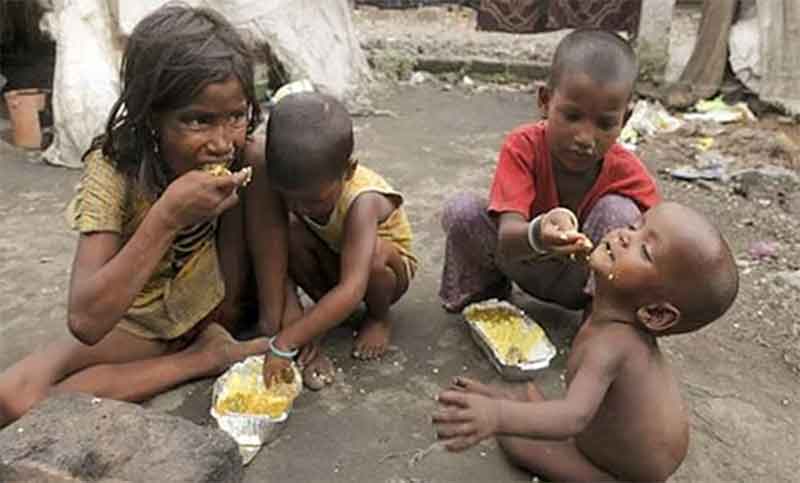
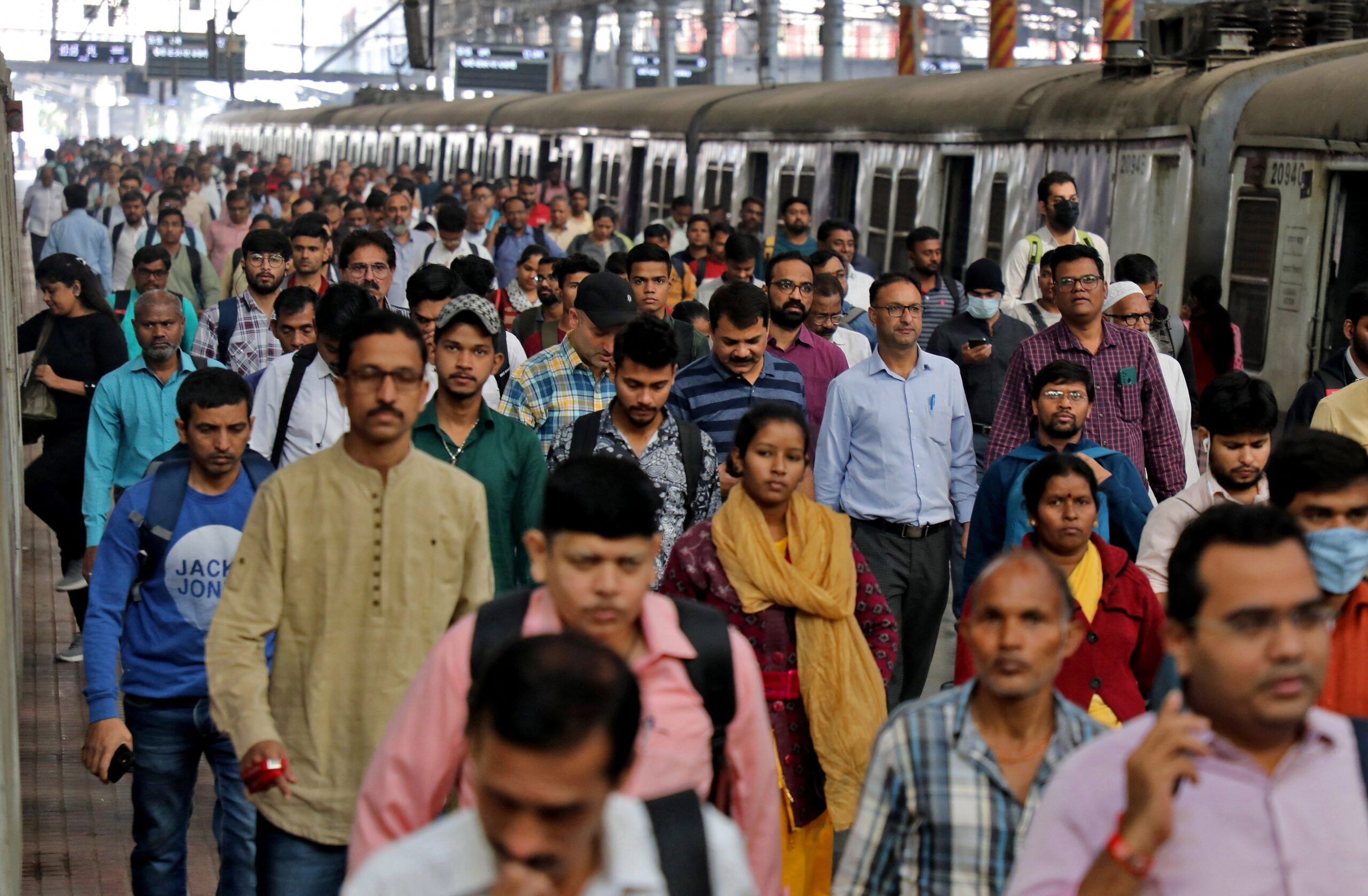
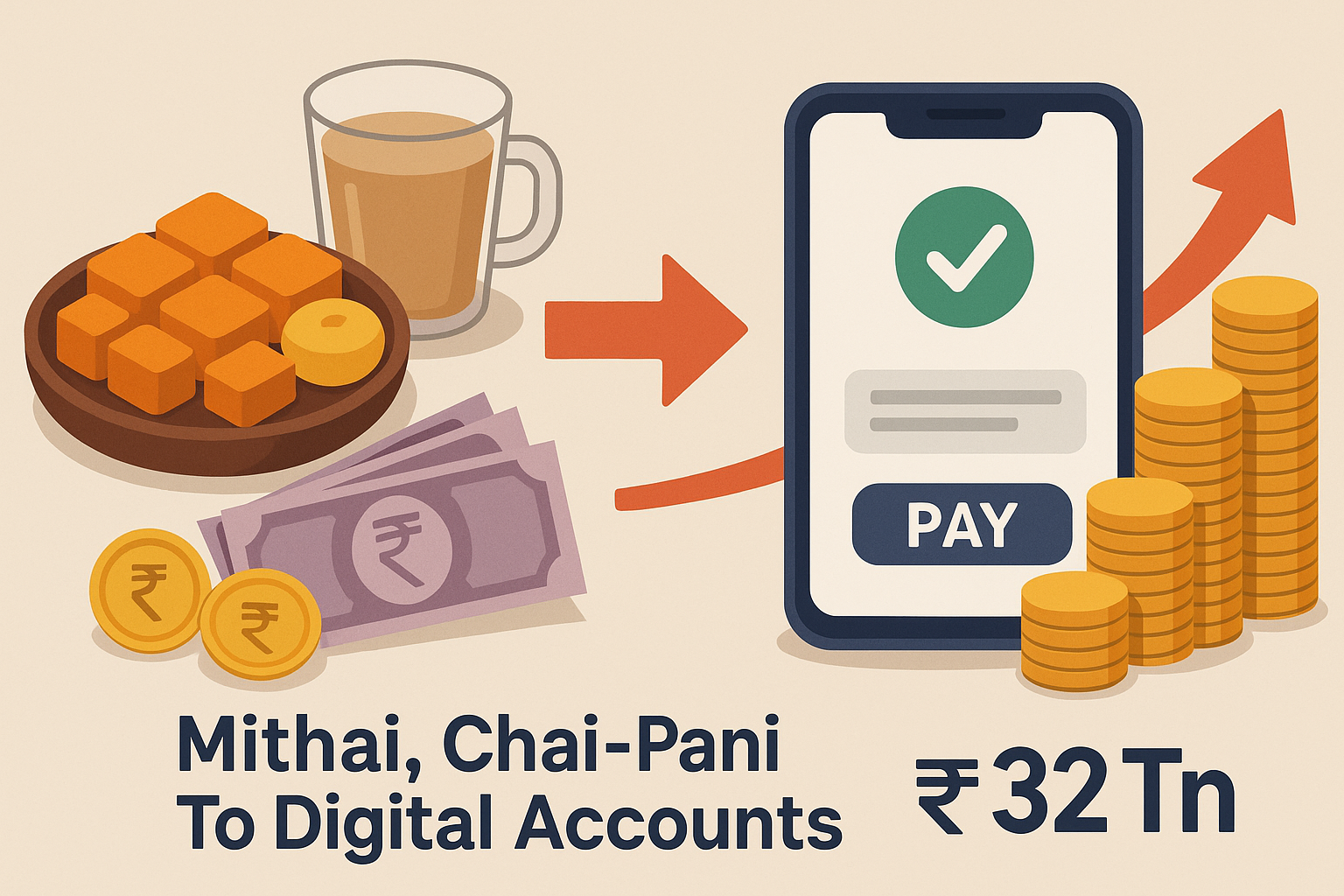


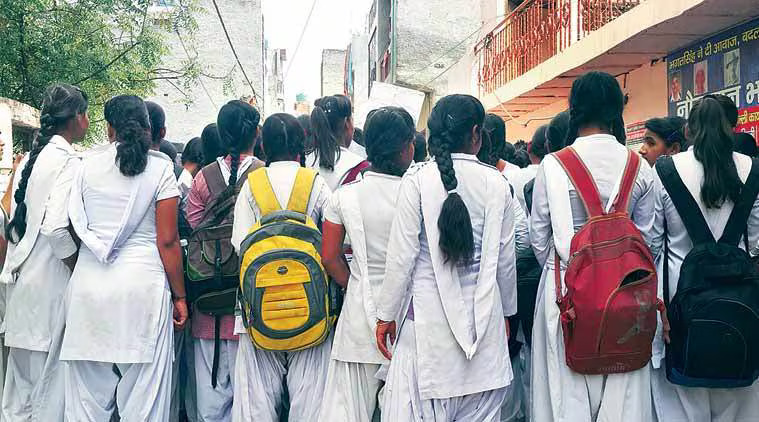

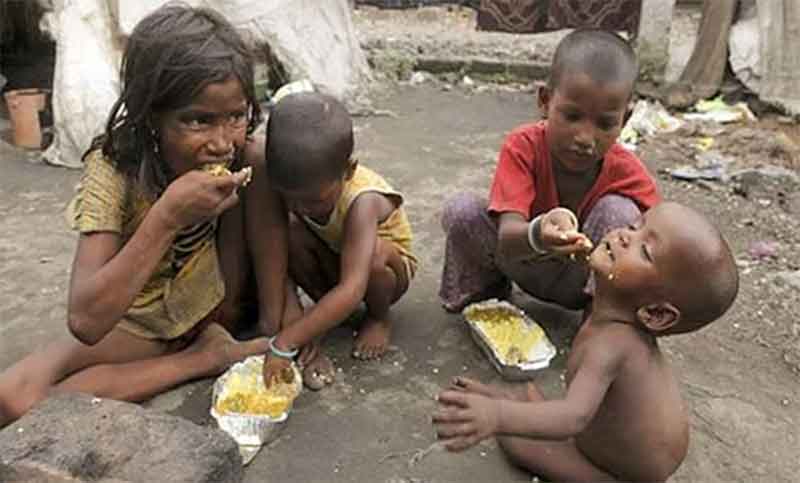
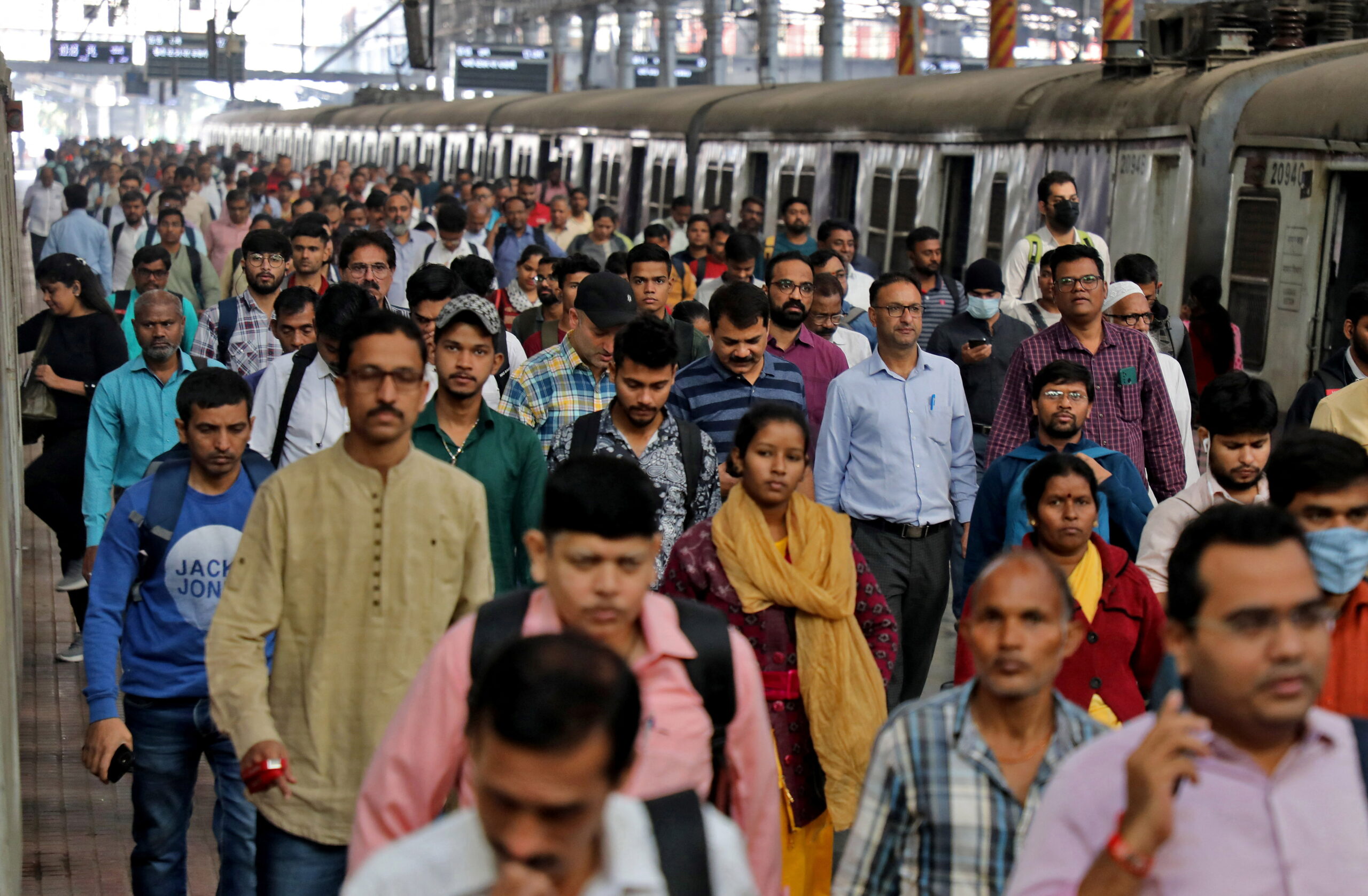
[[comment.comment_text]]